Seasonal Changes in Mountain Hikes and Mental Resilience
Spring Thaw: Rebuilding Confidence on Slushy Trails

Spring asks for waterproof boots, gaiters, and microspikes that bite into morning ice yet tolerate afternoon mush. Trekking poles become mental anchors, translating wobble into calm. Pack extra socks, accept soaked trails, and reframe inconvenience as training for agile thinking under variable stress.
Summer Highs: Heat, Altitude, and Psychological Endurance
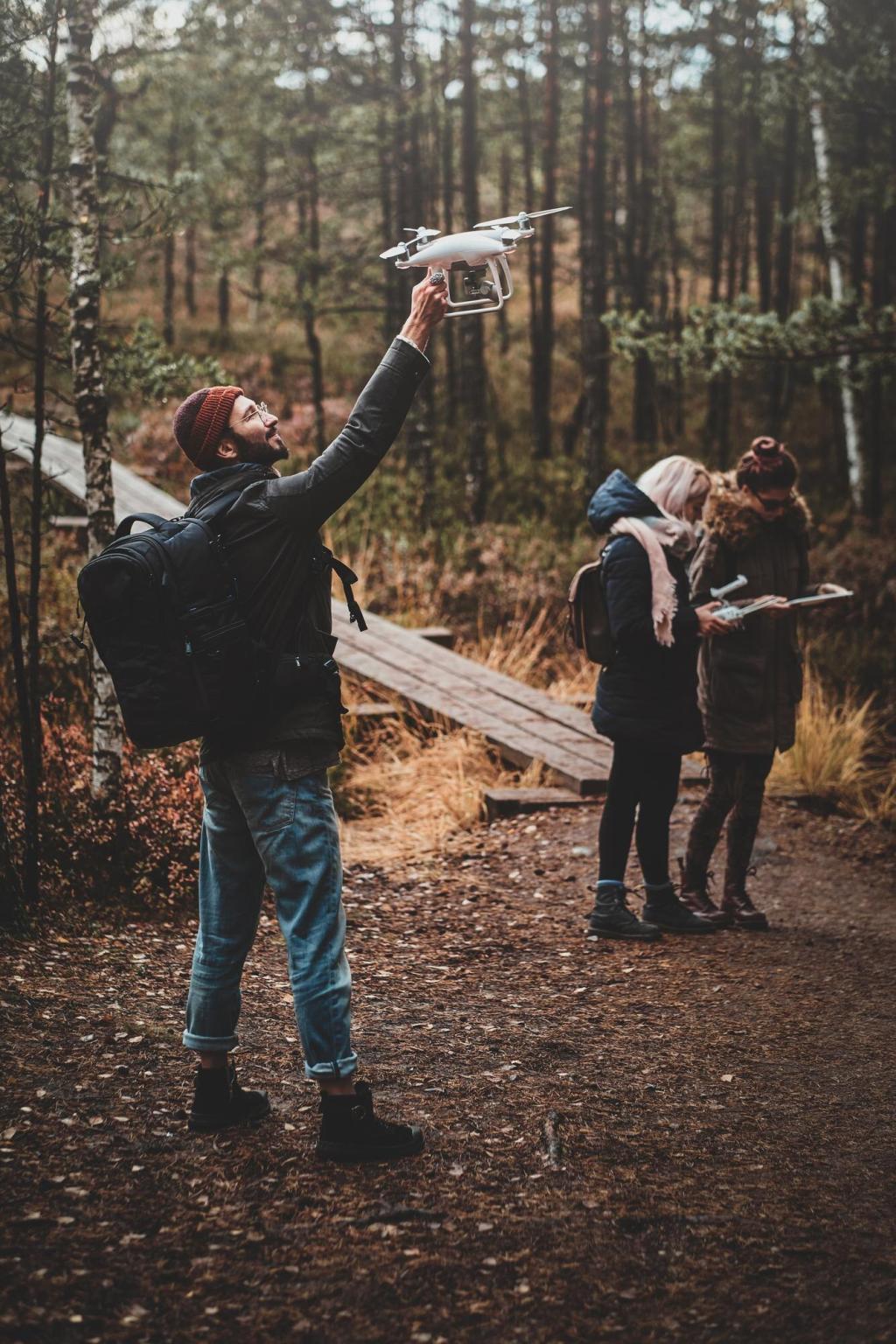
Managing Heat and Exposure
Start early, rest in shade, and drink on schedule rather than by thirst alone. Electrolytes matter when sweat runs steady. Sun sleeves, wide-brim hats, and steady cadence prevent spiraling fatigue. Mentally, treat heat as a coach: calibrate effort, protect attention, and finish with energy in reserve.
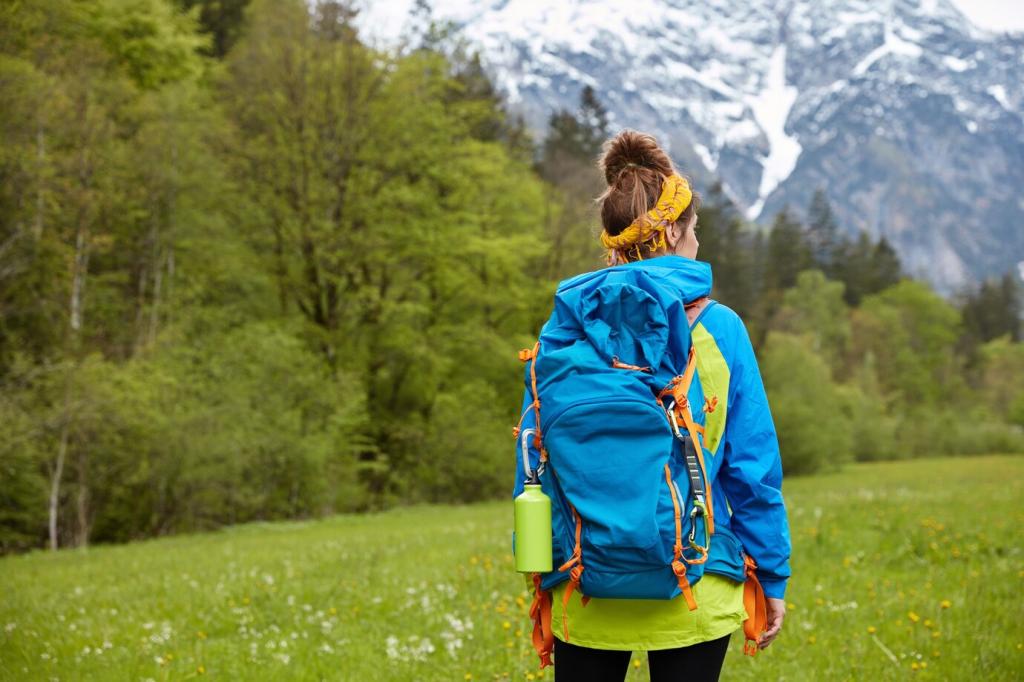
Altitude Acclimatization and Anxiety
Gradual elevation gain, diaphragmatic breathing, and honest symptom tracking tame summit fever. If anxiety spikes, shrink goals to the next cairn, count steps, and exhale longer. Turning back is psychological strength, not failure. Resilience is the ability to pause, reassess, and protect long-term capacity.

Community and Safety
Group check-ins—water levels, pace comfort, heat stress—build trust and smarter decisions. Share roles: navigator, timekeeper, morale lead. A quick debrief at breaks reduces silent suffering and rash choices. Strong teams cultivate psychological safety, making honest updates as routine as reapplying sunscreen.
Autumn Transitions: Navigating Shorter Days and Crisp Focus
Reading the Light
Twilight arrives sooner than memory admits. Build turnaround times with generous buffers. Carry a headlamp even for casual hikes. Notice how changing light affects mood and attention; practice pausing to plan rather than rushing. Autumn teaches that clarity loves preparation and realistic expectations.
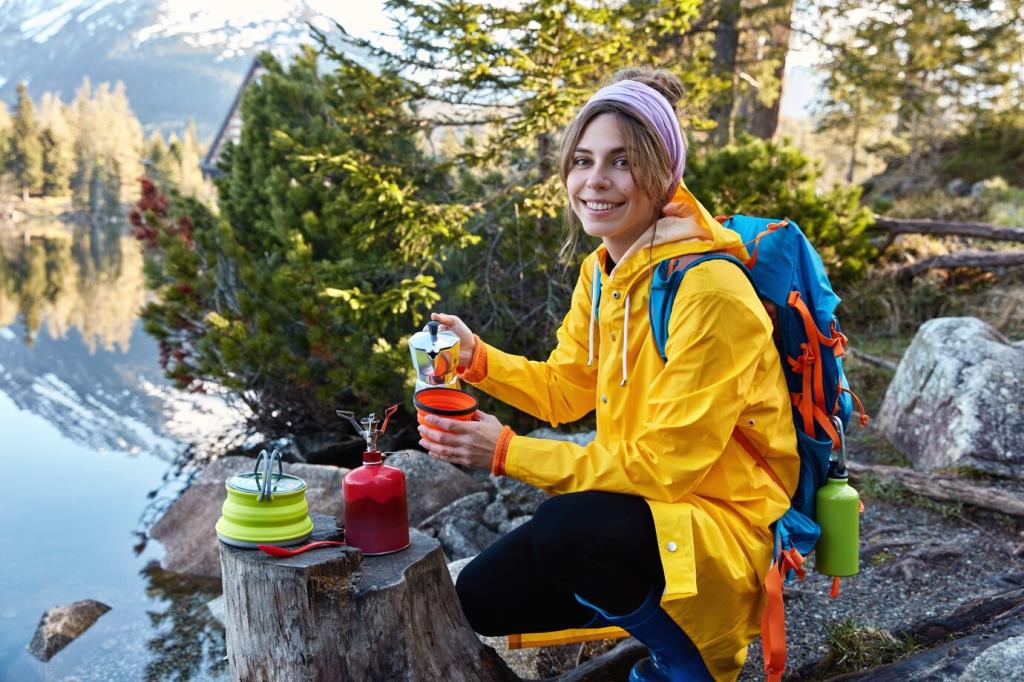
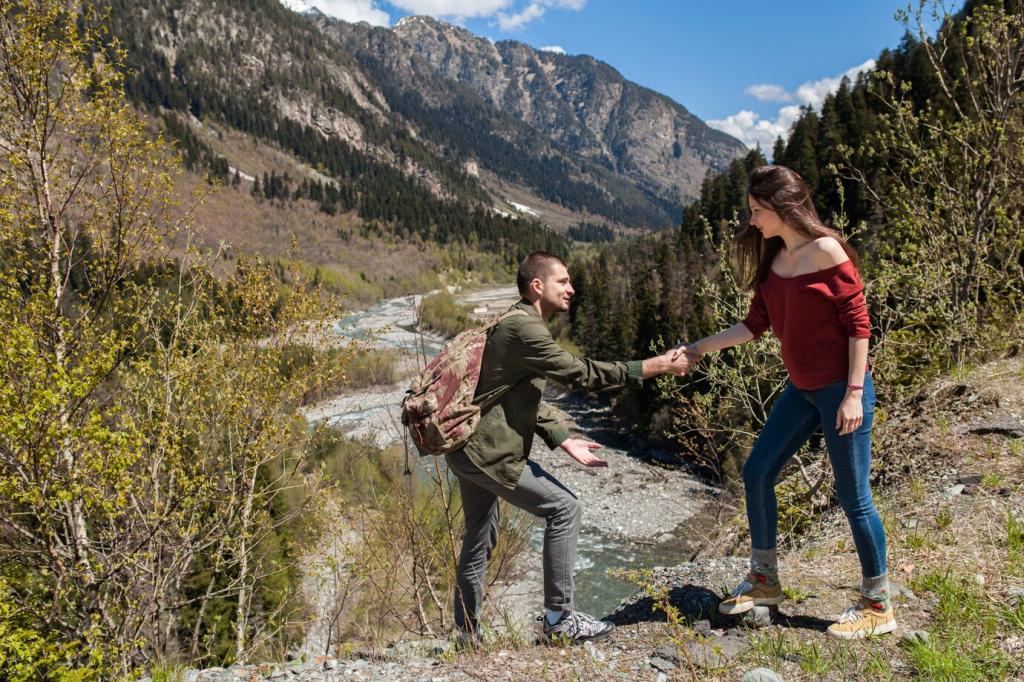
Layering Strategies for Focused Movement
Comfortable thermoregulation preserves cognitive bandwidth. Use a breathable base, quick mid, and wind shell. Adjust layers proactively at ridgelines and creek crossings. Less shivering equals better route-finding and steadier moods. A warm core is not luxury—it is psychological resilience in motion.
Winter Quiet: Grit, Snowpack, and Inner Calm
Avalanche Awareness and Decision-Making
Take a certified course, read local forecasts, and learn to interpret red flags: recent slides, collapsing, rapid loading. Practice group decision protocols before the trailhead. Courage includes saying no, rerouting, or waiting for safer conditions. Your best winter summit is the one you walk away from.
Cold Management and Emotional Regulation
Cold compresses patience. Warm hands restore fine motor skills and rational choices. Eat early, sip warm fluids, and use vapor barriers wisely. When frustration spikes, breathe slowly through the nose and extend your exhale. Calm physiology leads, and clear thinking follows across frozen miles.
The Beauty of Silence
In deep winter, even footfalls sound polite. Many hikers describe a meditative stillness where problem loops soften. Let the quiet stretch your attention outward—snow crystals, wind patterns, distant ravens. That widened awareness is resilience: curiosity replacing panic when conditions demand careful presence.
Training the Mind: Year-Round Resilience Habits for Mountain Hikers
Micro-Challenges That Build Grit
Add controlled discomfort to daily life: hill repeats, morning cold exposure, or timed pack carries. Keep them short and safe. The goal is dose, not drama. By rehearsing composure in minor stress, you create a reliable baseline for bigger, seasonal challenges on real terrain.
Visualization and After-Action Reviews
Before hikes, mentally rehearse route choices, hazard responses, and calm breathing under pressure. Afterward, debrief: what worked, what failed, what to change. Codify lessons into checklists. This loop—imagine, execute, reflect—accelerates learning across seasons and cements resilient behavior under uncertainty.
Sleep, Nutrition, and Mood Stability
Consistent sleep cycles, complex carbohydrates, and steady protein intake stabilize hormones and attention. Hydration is cognition, not a footnote. When the basics are banked, mental energy becomes available for navigation, hazard scanning, and compassionate group communication in demanding seasonal conditions.
Stories from the Ridge: Real Moments of Seasonal Growth
A Spring Bridge Out
Snowmelt washed away a familiar crossing. We scouted upstream, reinforced a log with rocks, and moved slowly in pairs. The detour cost an hour, but gave us a priceless reminder: creativity and patience turn seasonal surprises into safe, shared victory.
A Summer Storm Cell
Dark anvil clouds bloomed over the ridge. We checked radar, traced escape lines, and dropped below treeline before lightning. Heart rates calmed with measured breathing and honest check-ins. We finished soaked yet proud, because smart pacing beat bravado by a mountain mile.
A Winter Turnaround
Wind slabs cracked underfoot near a leeward bowl. Despite bluebird skies, we pivoted to a forest loop, savoring sunlit snow instead of a summit. Calling it early felt like wisdom in action—a quiet habit built across seasons, not a single day.
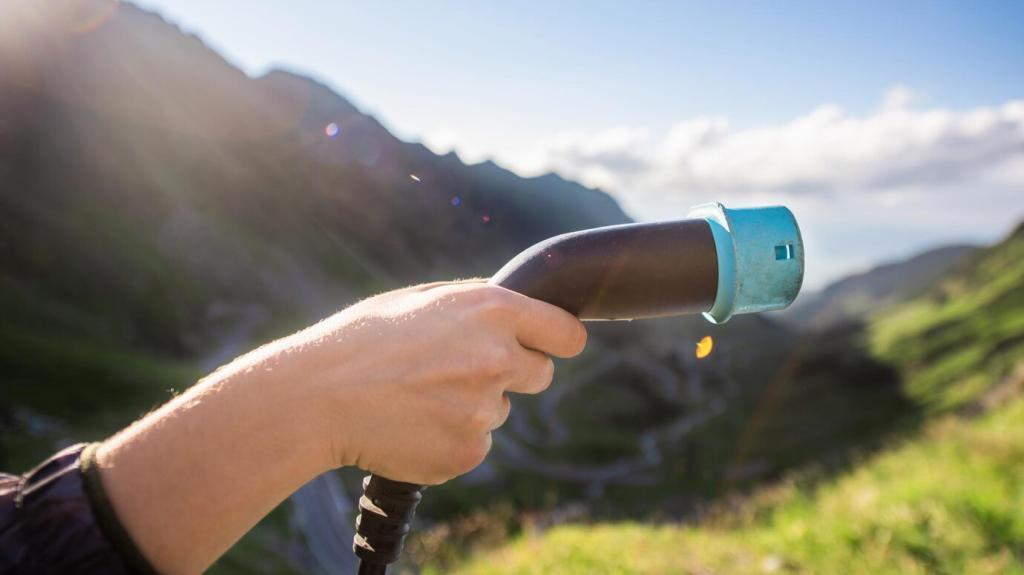
Planning Toolkit: Seasonal Checklists That Build Confidence
Consult multiple forecasts, recent trip reports, and satellite or avalanche bulletins. Note wind direction, freezing levels, and creek crossings. Visualize the day’s crux points. When you know the story weather wants to tell, you can write a safer, more resilient ending.


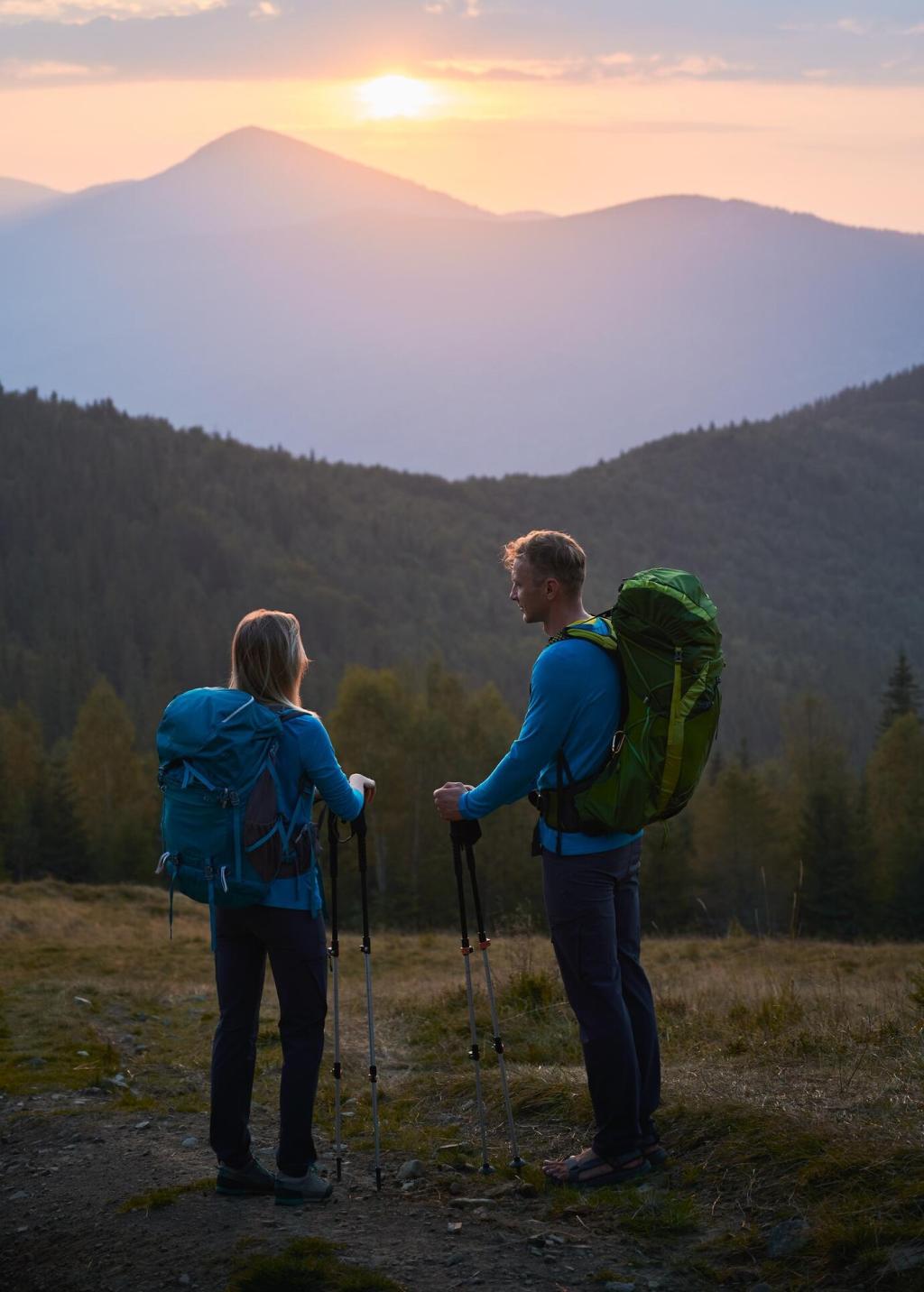
Join the Ascent: Share, Subscribe, and Step Higher With Us
What seasonal habit changed your hiking the most? Leave a note with your best spring, summer, fall, or winter insight. Your story might help someone make a safer choice on their next mountain day.
Join the Ascent: Share, Subscribe, and Step Higher With Us
Join our mailing list for timely guides, gear checklists, and mental skills prompts tied to seasonal shifts. Stay ahead of conditions, and build resilience deliberately instead of reactively. Your future self on the trail will thank you.
